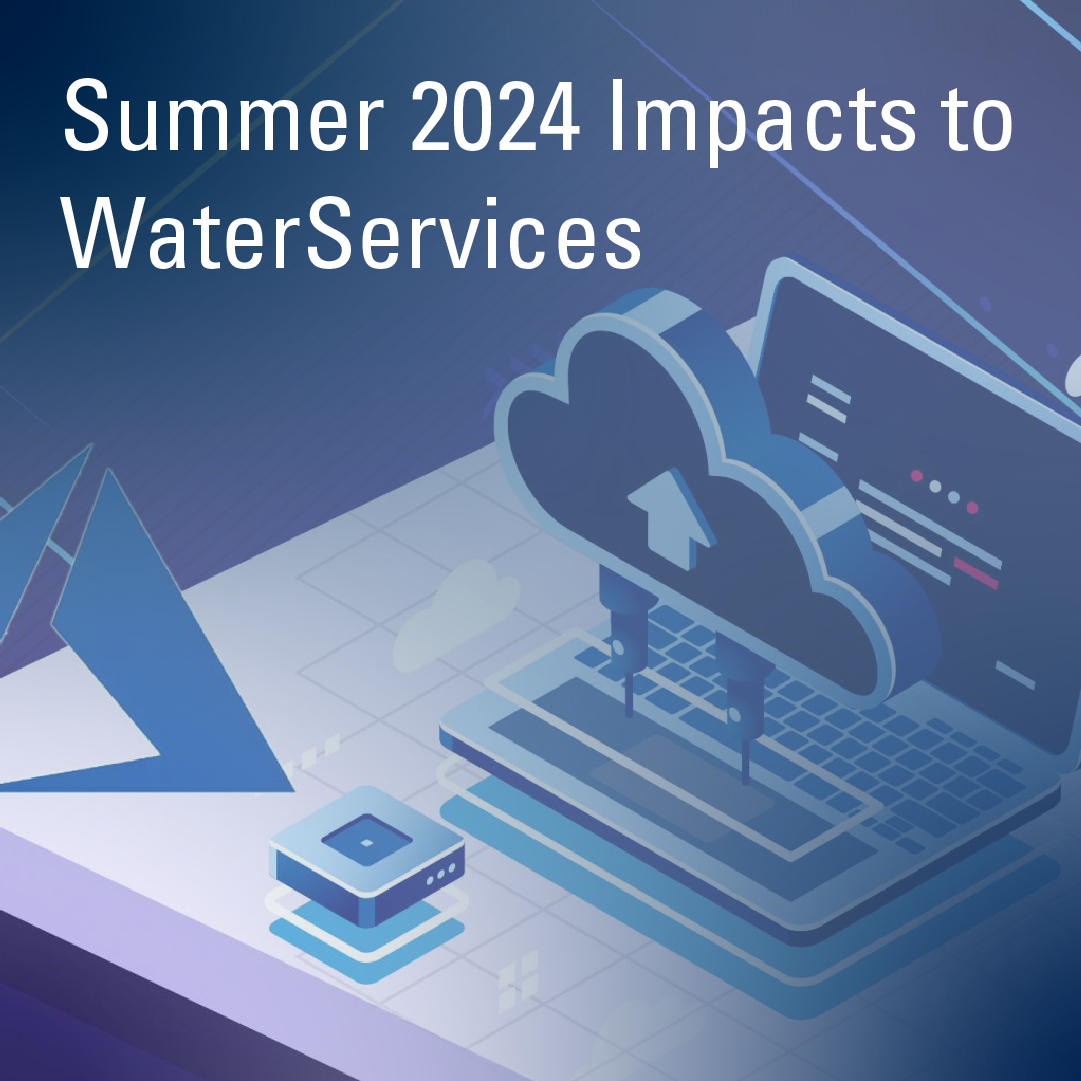
WaterServices databases are receiving a major version update to meet security and dependency requirements.

WaterServices databases are receiving a major version update to meet security and dependency requirements.
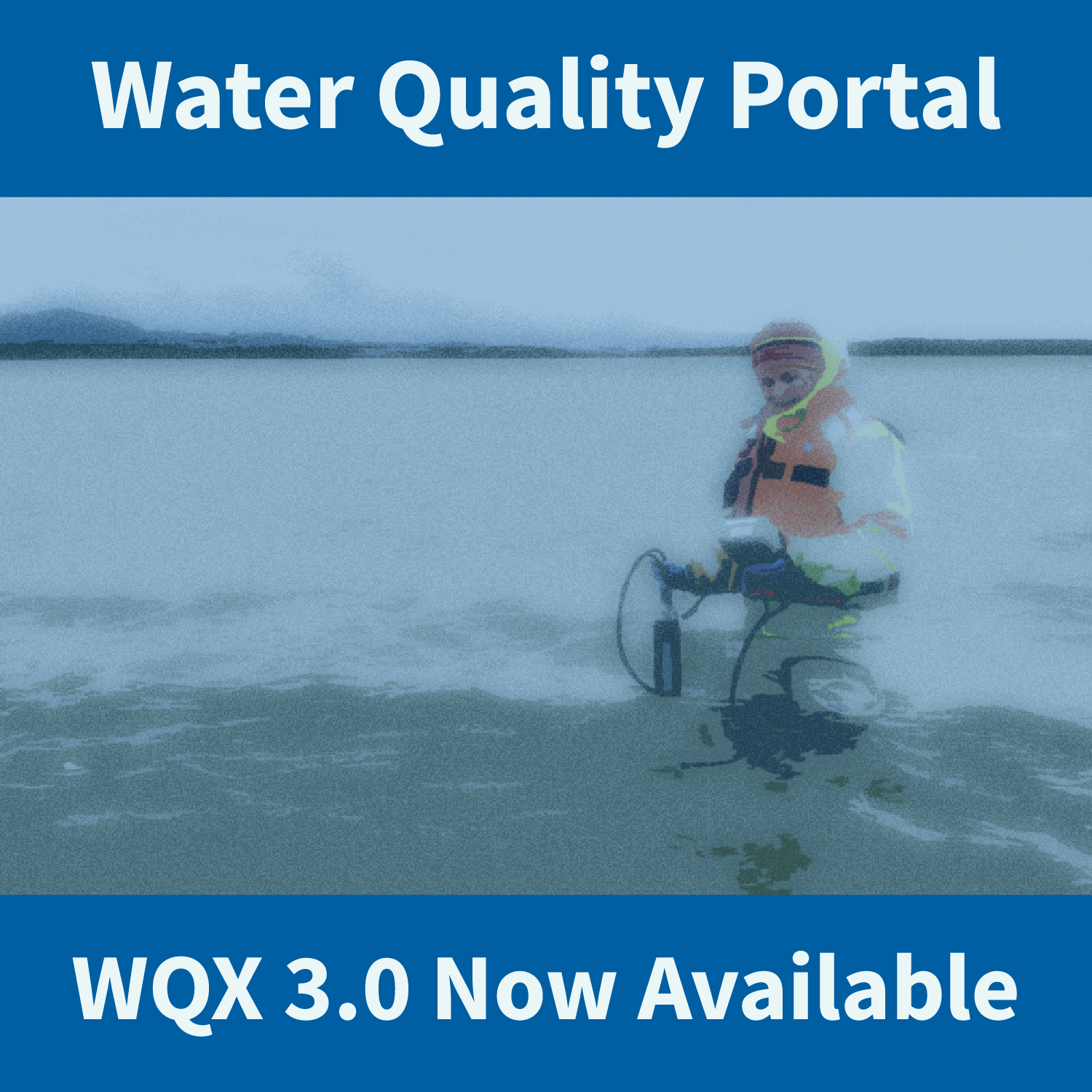
WQX3.0 data are available through the Water Quality Portal. This updated version of the schema includes new elements and new profiles with updated column names.
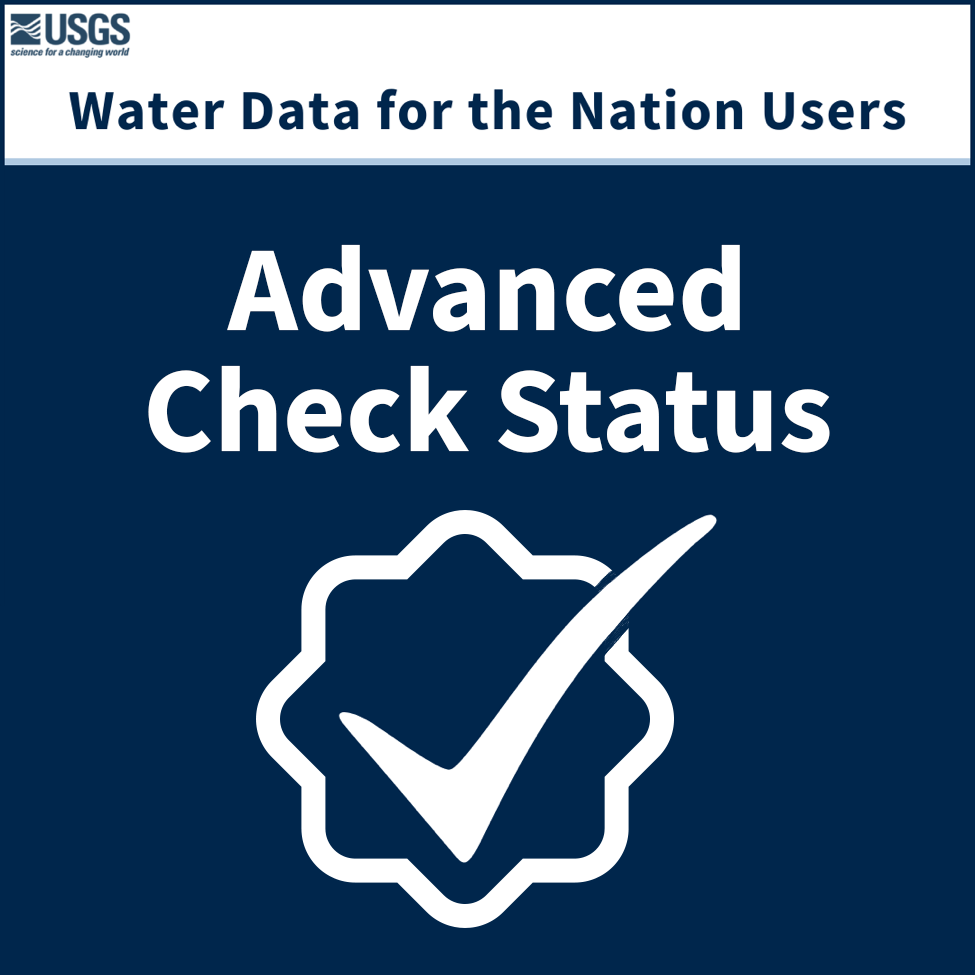
USGS Water Data for the Nation products have many users. Advanced Check Status users desire “at a glance” information that is more complex than the Check Status user. Read on to find out more about this unique group of Check Status users.
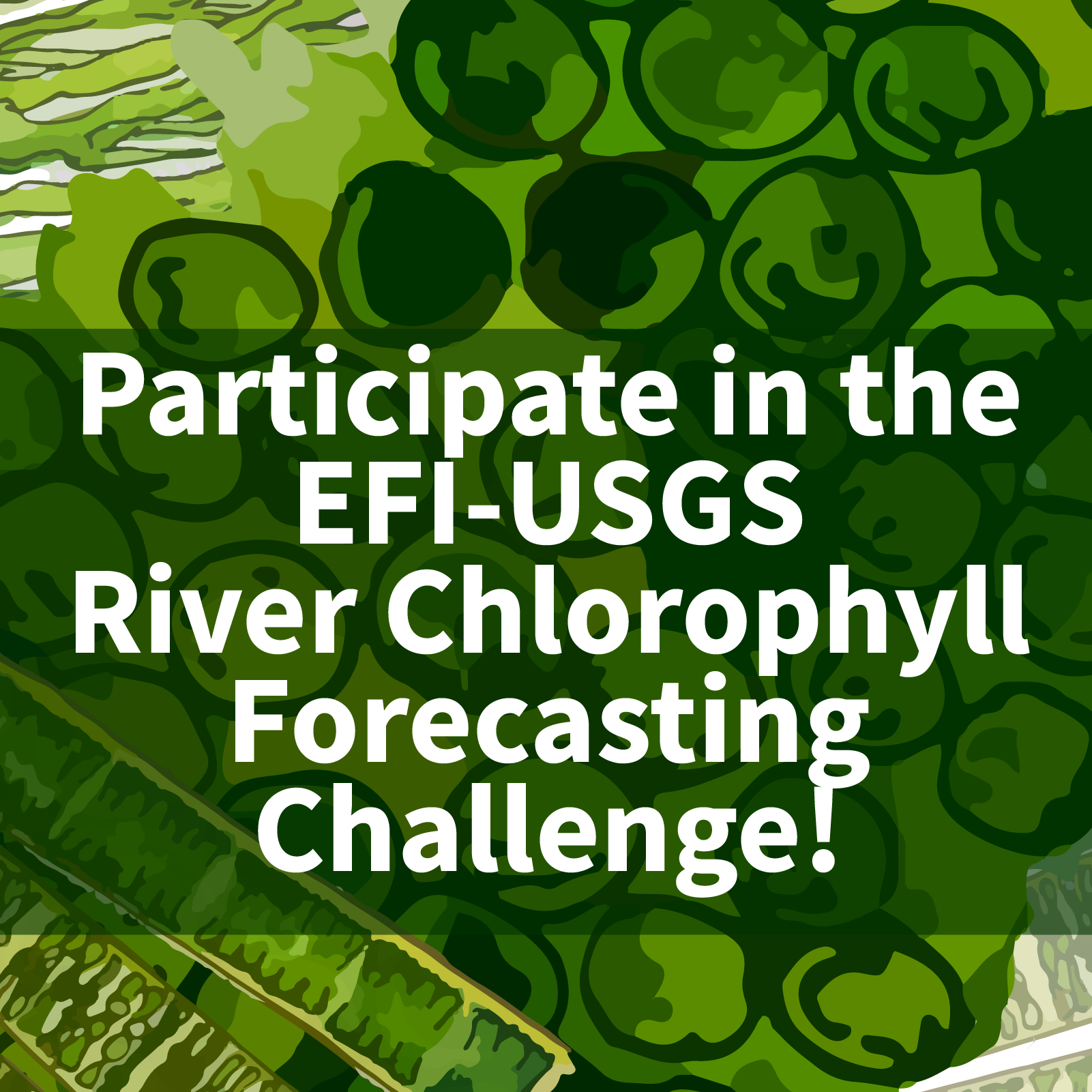
Submit to the river chlorophyll forecasting challenge, co-hosted by the USGS Water Mission Area and Ecological Forecasting Initiative.
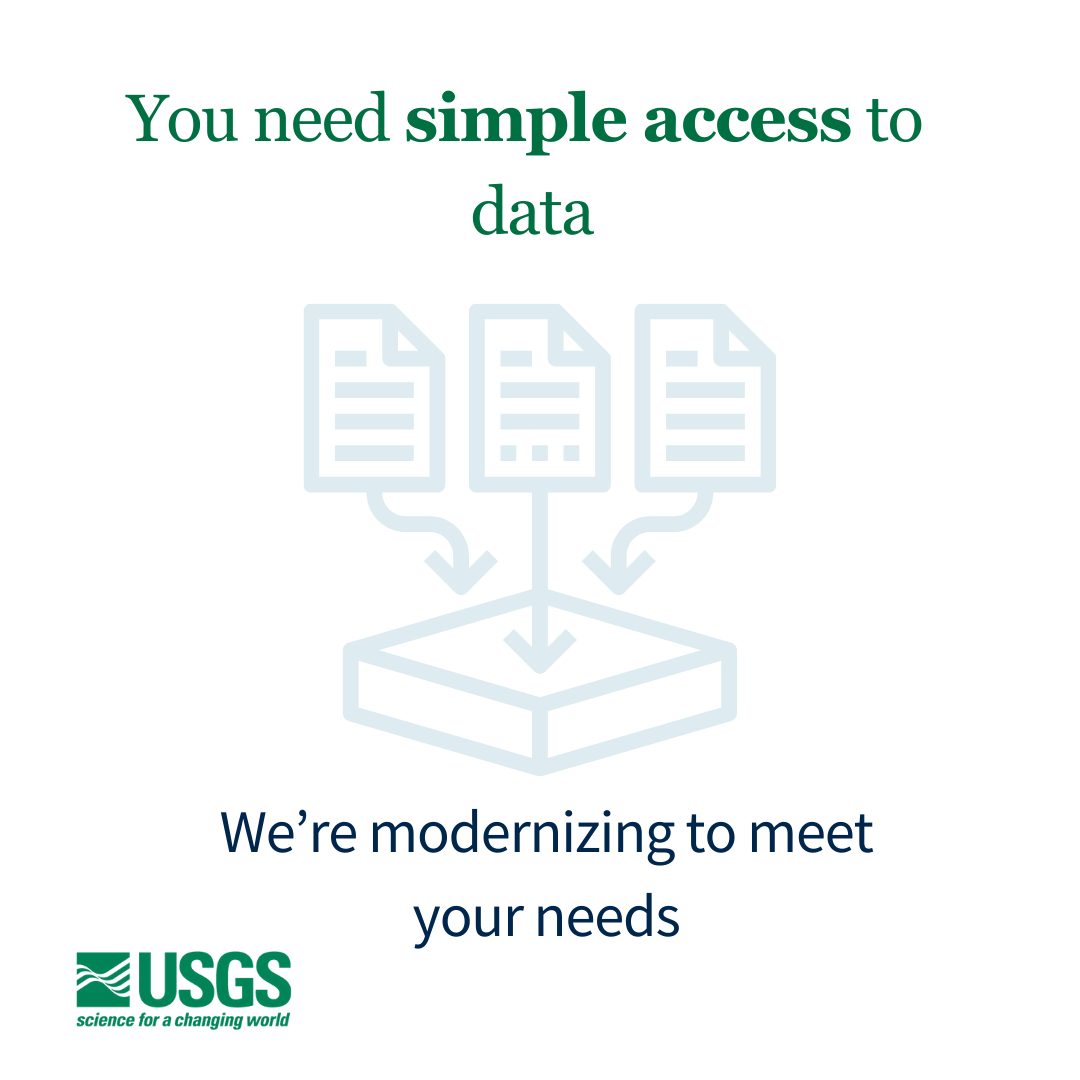
The USGS just released new ways to access water quality and sample data in a recently expanded WQX data format.
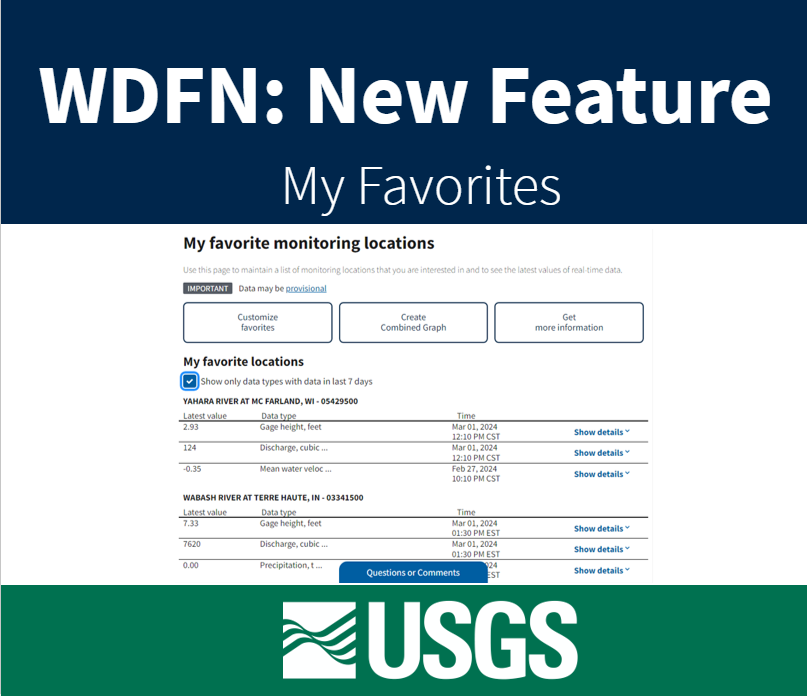
Feature to maintain a list of monitoring locations you are interested in and to see the latest values of real-time data.

The USGS is expanding its implementation of the Water Quality Exchange (WQX) standard for delivering water quality and sample data.
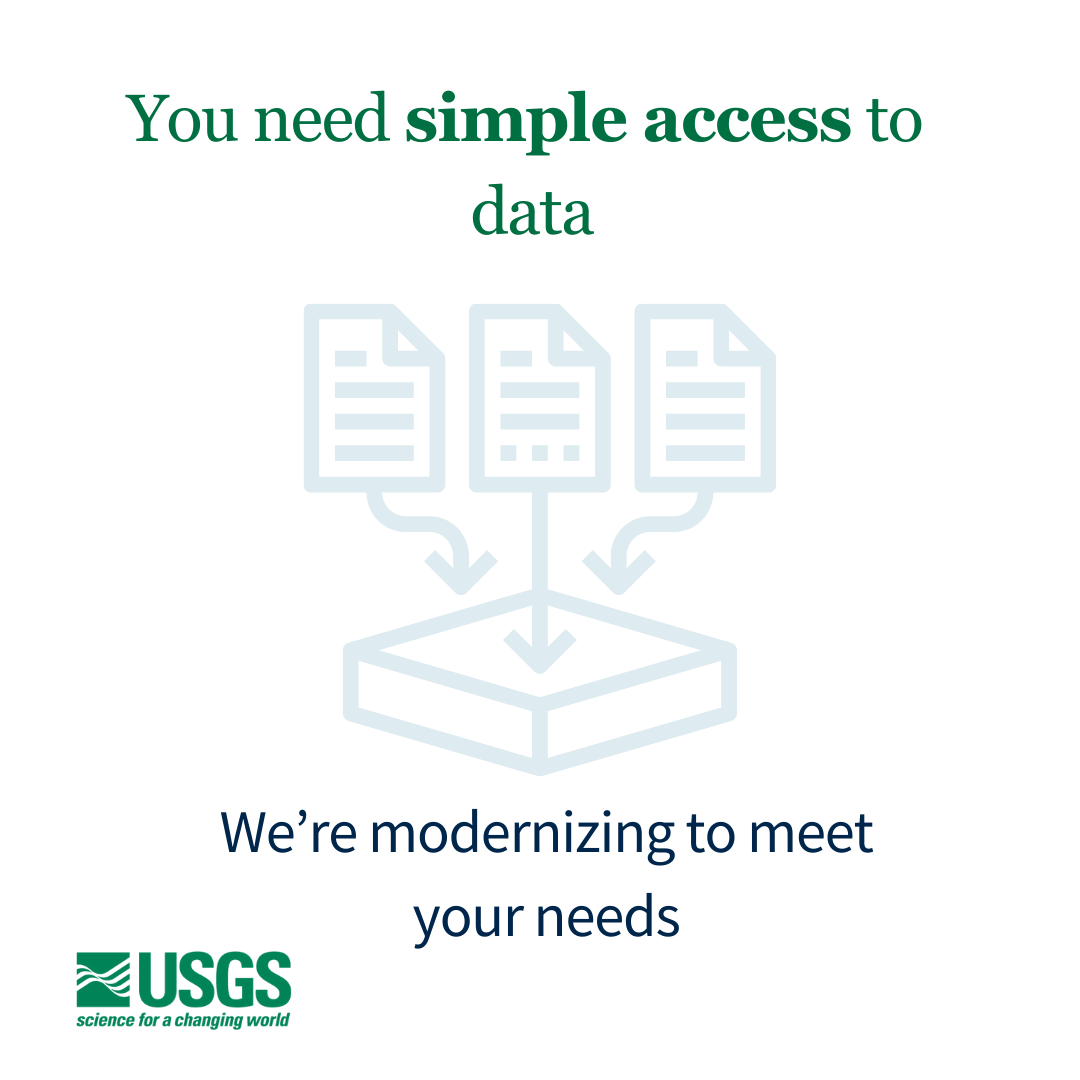
USGS is improving the way that sample data are stored and served to the public. These changes will affect our back-end data management systems, web services, application programming interfaces (APIs), computational tools, and user interfaces for accessing data.
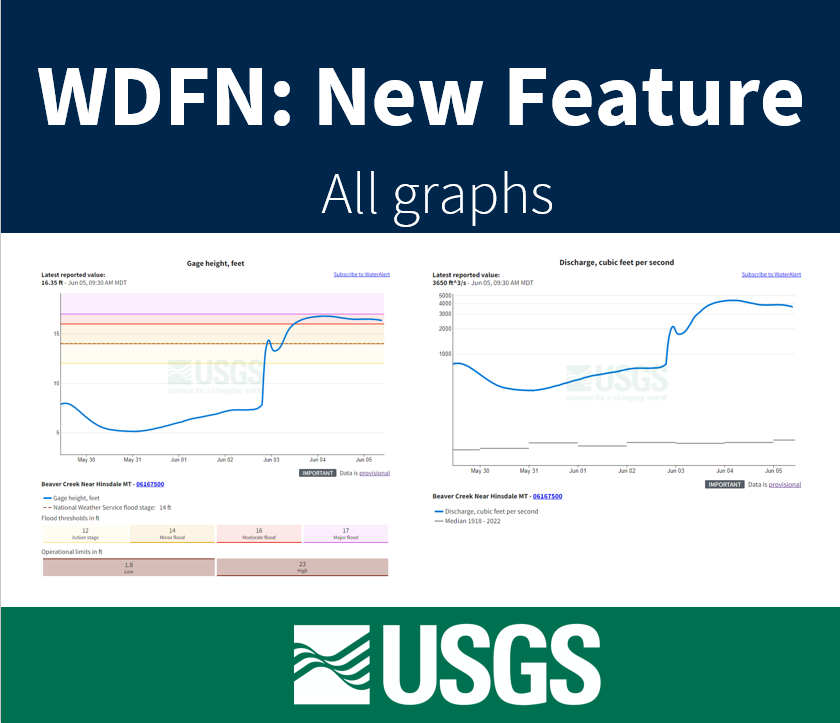
Feature to see a series of graphs of all current sensor data collected at a single location is available now.
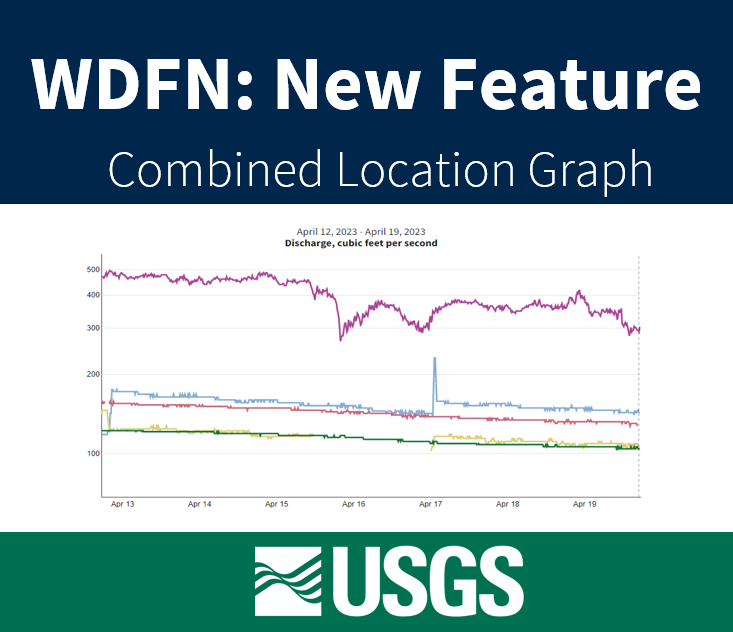
Graphing data for 5 locations on a single graph now available on WDFN